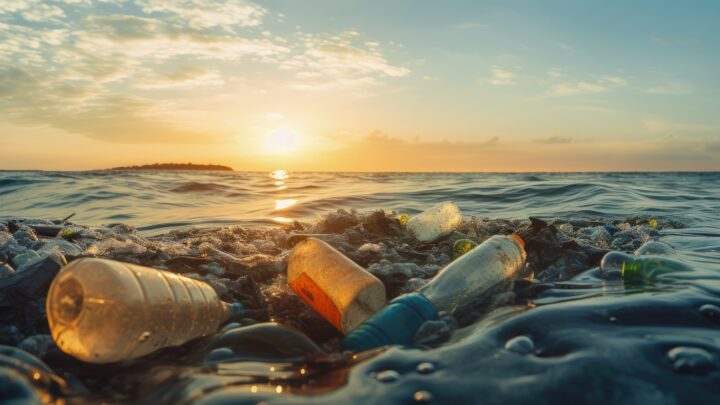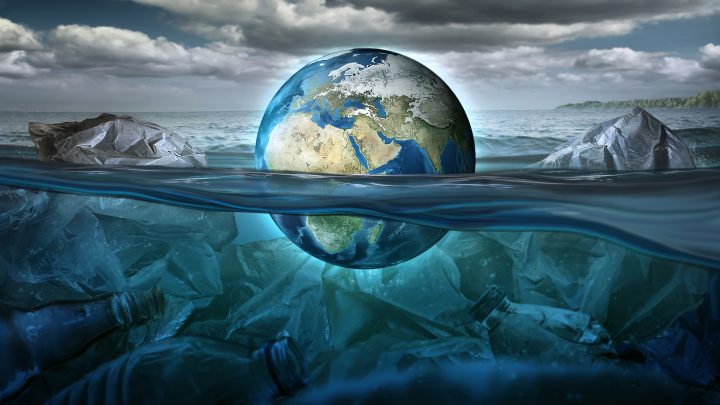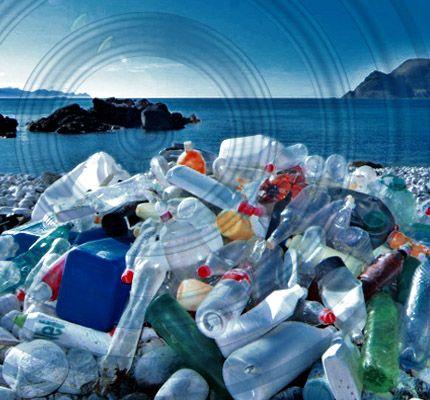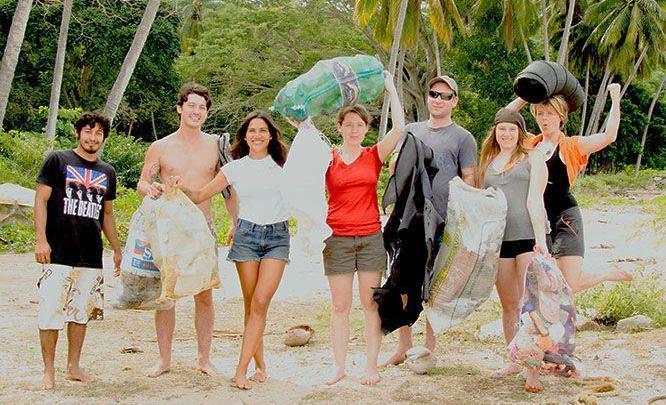Plastics in Our Oceans
by Kimberly Amaral Strolling through the average supermarket, shoppers find literally hundreds (if not thousands) of items to make their lives easier. Individually wrapped snack cakes, plastic baggies to store sandwiches for lunch, unbreakable soda bottles, and disposable razors, diapers, and shampoo bottles. Unless specifically requested, even the bags we use to carry home…






